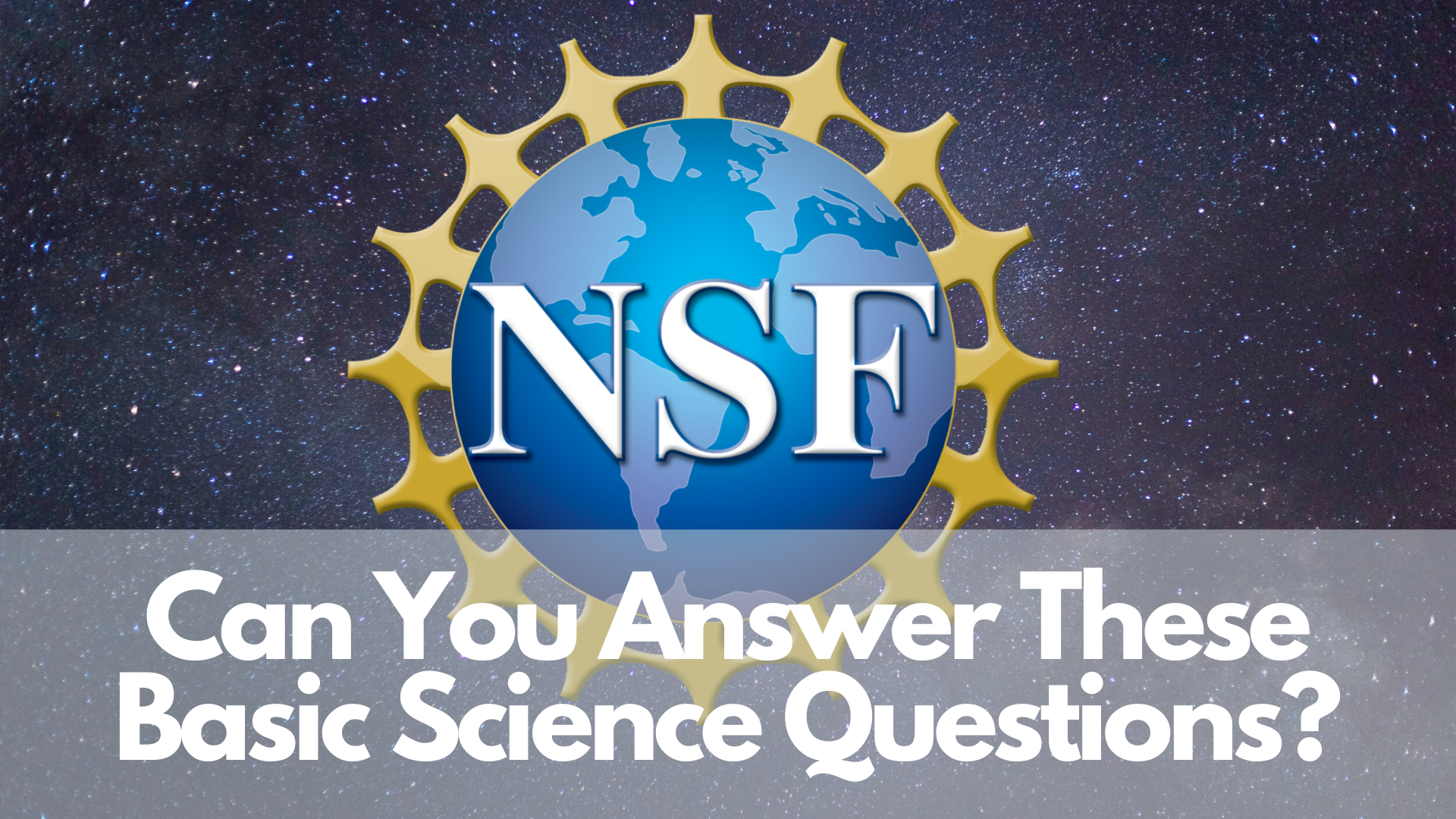
The National Science Foundation is an agency under the US government which supports education and research into various fields of engineering and science. Every two years the NSF is obligated to release a report to the US government detailing how the country is progressing (or isn’t progressing) with regard to scientific knowledge and advancement. As part of this report, the NSF asks thousands of random Americans about their knowledge regarding 10 basic questions from various fields of science and engineering. The latest report was released and with it, the results of the surveys asking these questions.
The latest NSF report contains some good news and some bad news. United States citizens are reported to be increasingly engaged and interested in issues regarding the environment and are also increasingly trusting the expertise of scientists. The new report said that scientists are more trusted than any group of people other than the military.
“Our nation’s future prosperity relies on advancing the frontiers of science – and reaching our full potential requires including all Americans in that effort.” — Dr. France A. Cordova
However, the country still continues to lag behind many other developed nations in terms of those pursuing scientific careers. Many other countries are graduating far more people in the STEM fields, and awarding more advanced degrees. The US also underperformed in the category of general scientific knowledge, as tracked by the ten questions that the NSF surveyed people about.
Below are the ten NSF questions about basic science topics – followed by the correct answer, an explanation, and how the US population did when compared to other countries:
Question 1: True or False – “The center of the Earth is very hot.”
The inner Earth is made up of several layers: the mantle, the outer core, the inner core. Each layer gets progressively hotter, and it is currently thought that the inner core (a mainly solid sphere of iron-nickel alloy) is around 5,430 °C, or upwards of 10,000 degrees Fahrenheit. That’s approximately the temperature of the surface of the sun.
85% of US citizens surveyed got this right. This is compared to 93% of Canadians, 87% of South Koreans, 86% of Europeans, 86% of Israelis, 84% of Japanese, 75% of Malaysians, 57% of Indians and 47% of Chinese citizens.
Question 2: True or False – “The continents have been moving their location for millions of years and will continue to move.”

Photo: WikiImages via Pixabay, CC0
Right answer – True.
Plate tectonics refers to the study of how the giant landmasses known as continents sit on the Earth’s crust and shift around. The outermost layer of the Earth is constantly moving as the seafloor spreads out due to new crust arising at mid-ocean ridges. Most of the continents only move a few inches every year, so the effect is slow but considerable over millions of years. The continents used to be one supercontinent called Pangea.
81% of US citizens got this question correct. This is in comparison with 91% of Canadians, 89% of Japanese citizens, 87% of EU nation members, 87% of South Koreans, 80% of Swiss citizens, 62% of Malaysians, 51% of Chinese citizens, and 32% of Indian citizens.
Question 3: Which is correct? – “A) The Earth revolves around the sun. B) The sun revolves around the Earth.”

Photo: Alexas_Fotos via Pixabay, CC0
Right answer – A.
The sun is the center of our solar system, so the Earth and the other planets revolve around it. This is called the heliocentric solar system model, and we know it is true because we can see the position of the stars shift over time, among other knowledge gained from mathematical models (and space exploration).
“The light in space, when you’re in the sunlight, is the brightest, whitest, purest light I have ever experienced.” — Michael Massimino
73% of US citizens got this correct. For comparison, 87% of Canadians, 86% of Israelis and Russians, 85% of Malaysians, 70% of Indians and 66% of EU citizens got this correct.
Question 4: True or False – “All radioactivity is man-made.”
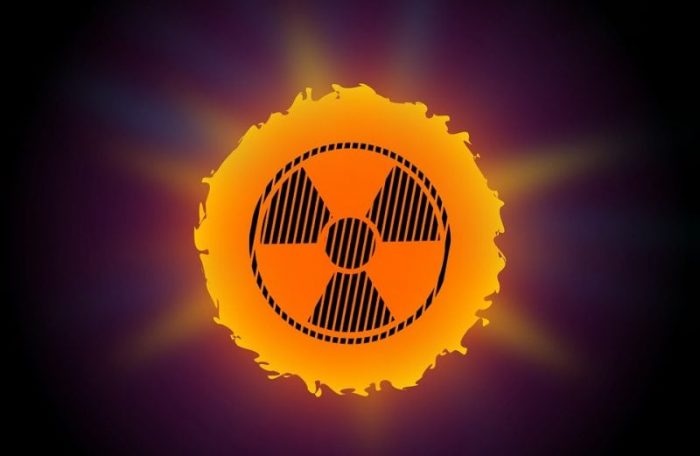
Photo: ChadoNihi via Pixabay, CC0
Correct answer – False.
There are many different forms of natural radiation. Solar radiation is one of the primary forms of radiation, but radiation is also released by vegetation, water, and even soil as it degrades.
70% of US citizens answered this question correctly. For comparison, 76% of Israelis, 72% of Canadians, 64% of the Japanese, 59% of EU citizens, 48% of South Koreans, 41% of Chinese citizens, 35% of Russians, and 20% of Malaysians answered the question correctly.
Question 5: True or False – “Electrons are smaller than atoms.”
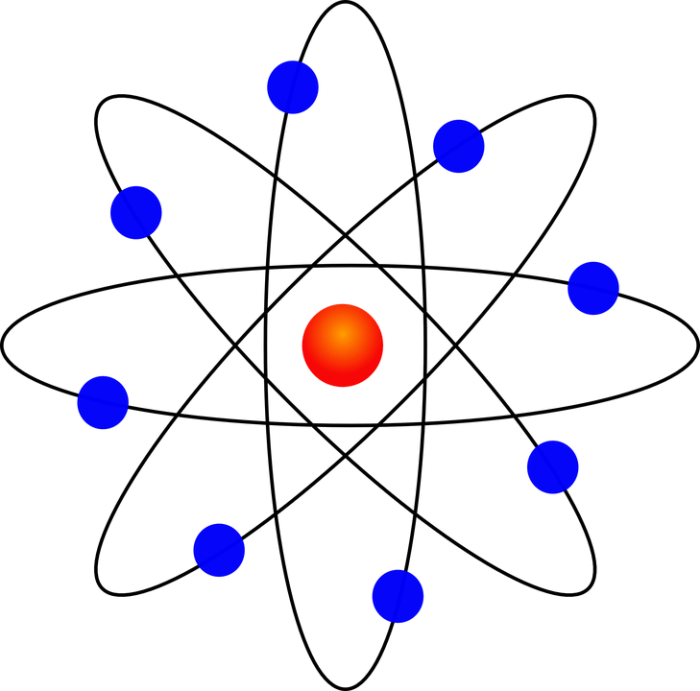
Photo: Clker-Free-Vector-Images via Pixabay, CC0
Right answer – True.
Electrons are constituent parts of atoms. Atoms are made up of three different parts: protons, neutrons, and electrons. The protons and neutrons create the atom’s nucleus and make up most of the mass of the atom, while the electrons are very small in comparison and constitute very little of the atom’s mass.
48% of US citizens got the right answer. To compare, here’s the percent who answered correctly in other countries: 60% of Israelis, 58% of Canadians, 46% of European Union citizens, 46% of South Koreans, 44% of Russians, 49% of the Swiss, 35% of Malaysians, 30% of Indians, 28% of the Japanese, and 22% of the Chinese.
Question 6: True or False – “Lasers work by focusing sound waves.”

Photo: WikiImages via Pixabay, CC0
Right answer – False.
Lasers operate through the focusing of light waves, not waves of sound. Specifically, the light waves are amplified through the stimulated emission of electromagnetic radiation. The term laser originally started as an acronym: Light Amplification by Stimulated Emission of Radiation (LASER).
45% of Americans answered this question correctly. This is compared to 67% of Israelis, 53% of Canadians, 47% of EU citizens, 31% of South Koreans, 30% of Malaysians, 26% of Japanese, 24% of Russians and 19% of Chinese.
Question 7: True or False – “The universe began with an explosion.”

Photo: FelixMittermeier via Pixabay, CC0
Right answer – True (that we know of).
The theory of the Big Bang posits that the universe began with a rapid expansion of material, creating all the stars and galaxies we see in the universe today. It isn’t really an explosion in the proper sense, and there’s still much that isn’t known about the event, but it’s currently the best theory we have as to how the universe began.
39% of Americans got this question correct. This is compared with 68% of Canadians, 67% of South Koreans, 64% of Israelis, 35% of Russians and 34% of Indians.
Question 8: True or False – “Is is the father’s gene that decides whether a baby is a boy or girl.”

Photo: PublicDomainPictures via Pixabay, CC0
Right answer – True.
The sex of an individual is determined by the conjunction of two chromosomes, one from the mother and one from the father. The sperm carries one of these chromosomes, an X chromosome or a Y chromosome. Mothers can only give X chromosomes to their child. The specific chromosome carried by the sperm that makes it to the egg will determine the sex of the baby, with XX being a female and XY being a male.
“A new baby is like the beginning of all things – wonder, hope, a dream of possibilities.” — Eda J. Le Shan
59% of the surveyed US population got the answer correct. This is in contrast with 72% of Israelis, 64% of Eu citizens, 60% of Swiss, 59% of South Koreans, 49% of Chinese, 45% of Malaysians, 38% of Indians, 26% of Japanese and 22% of Russians.
Question 9: True or False – “Antibiotics kill viruses as well as bacteria.”
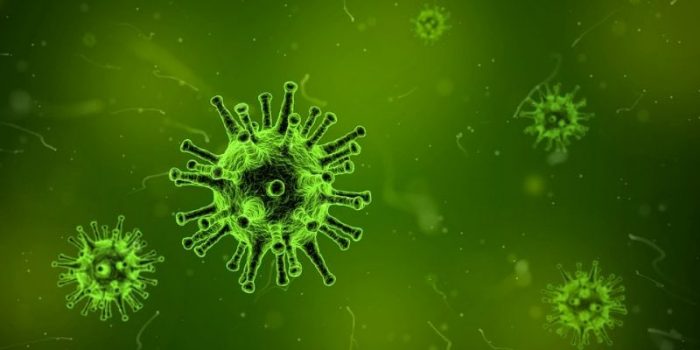
Photo: qimono via Pixabay, CC0
Right answer – False.
Antibiotics can only kill bacteria. Bacteria can be killed by antibiotics because bacteria are their own cells. However, viruses don’t have DNA of their own and they replicate by taking over human cells to reproduce. Viruses aren’t technically “alive” and thus can’t really be killed by antibiotics, although there are vaccines for viruses as well as antiviral medication.
51% of Americans got the question right. In contrast, 56% of Swiss citizens, 53% of both Israelis and Chinese, 46% of European Union citizens, 39% of Indians, 30% of South Koreans, 28% of Japanese, 24% of Chinese, 18% of Russians and 16% of Malaysians got the question correct.
Question 10: True or False – “Human beings, as we know them today, developed from earlier species of animals.”
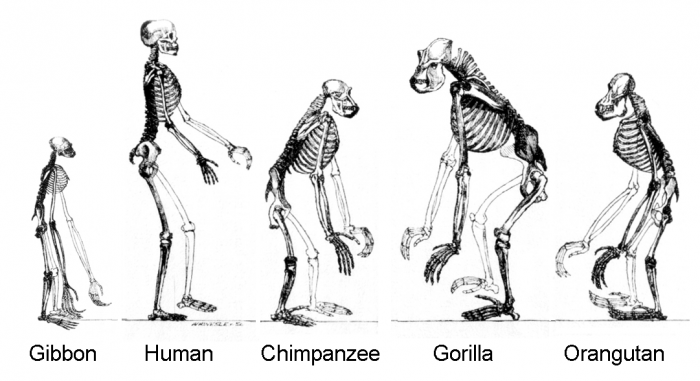
Photo: By The original uploader was TimVickers at English Wikipedia – Transferred from en.wikipedia to Commons., Public Domain, https://commons.wikimedia.org/w/index.php?curid=2785168
Right answer – True.
Concordant evidence supports the theory of evolution by natural selection. Genetic studies, fossil examination, comparative anatomy, and other forms of research all support the idea that we have a common ancestor with apes and that the process of evolution gave rise to the vast variety of life we see in the world today, not just humans.
52% of US citizens got this question correct. In comparison, 78% of Japanese citizens, 74% of Canadians, 70% of EU citizens, 68% of Chinese citizens, 64% of South Koreans, 63% of Israel, 56% of Indian citizens, and 44% of Russians got the question correct.
One important thing to note is that – regarding the questions about evolution and the origin of the universe – the wording of the question may be partly to blame here. It is possible that more people understand the theories of evolution and the Big Bang but reject them for religious reasons. That said, other studies on the general knowledge of US citizens regarding scientific subjects also reflect a similar level of knowledge about science and engineering. Scientists and teachers around the US state that it is important for the country to do a better job educating people about general science topics.









